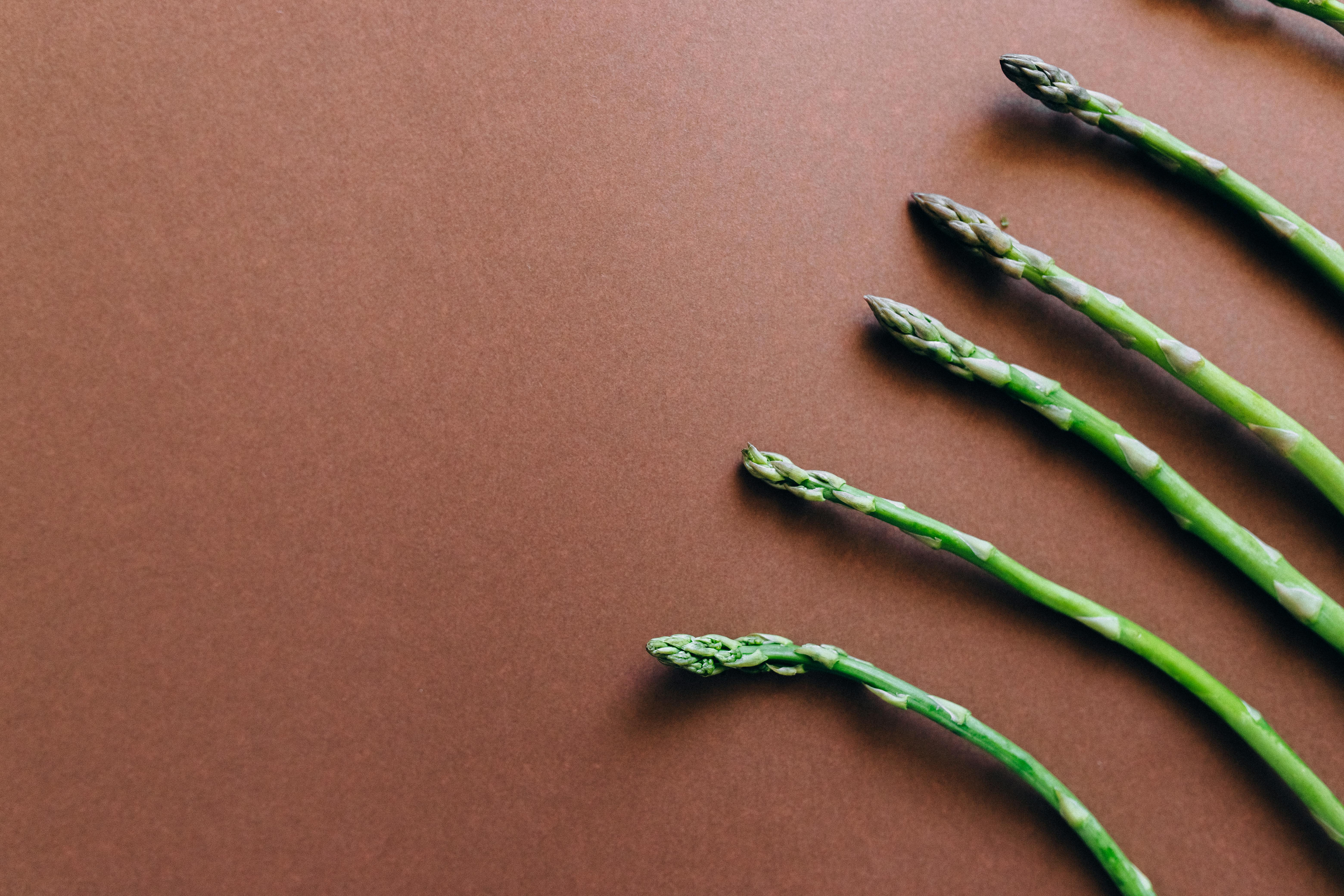
Clean and repair old postcards and double or quadruple your earnings on eBay
There are ways to make a good card look even better and more attractive to bidders. In doing so, an ordinary card can rise to supercard status and become the subject of a bidding war that turns a card that costs you a few pennies into a three-figure multi-offer item on eBay. But you must be very careful when cleaning these fragile items or you could eliminate all potential for resale.
* Postcards often get dirty where the margins are exposed from the sides of a stack or the album containing the cards. It is very common to see an otherwise very clean postcard with a dirty border, the border being the only part of the article exposed to daily hazards such as dust, dirt, water, sunlight. Most of the dust can be wiped off with a soft rubber or a piece of dry bread.
Use a large eraser or a large piece of bread to prevent your fingers from touching the card and your fingernails from causing scratches or tears on the delicate paper. Hold the card very carefully at the two corners closest to the dusty edge and do not rub too hard on the card or friction will cause the paper to wrinkle and crease.
With the eraser or bread stick between the thumb and finger of your other hand, lightly rub in one direction across the dusty area. Do not use back and forth stokes directly on the card, this will cause the material to tear or thin. If the powder won’t move, leave it alone, rubbing too much will damage the surface and affect the image and make it useless.
* Real photo postcards are often dirty or covered in fingerprints and are the easiest to clean. Real photo postcards also wrinkle quite easily, which is generally not a problem except when dirt gets caught in the folds and makes the condition look worse than it actually is. Re-hold the card on a hard surface, with the finger and thumb of one hand keeping it slightly stretched out, make light strokes in one direction over the dirty areas with a damp kitchen towel or facial tissue.
Use light strokes, do not rub or you will leave marks and you could even tear the card or remove part of the surface. Lanolin-based baby and face tissues are especially gentle for photo postcards and can apply a little extra pressure along the line of a dirt-encrusted crease. Do not rub against a crease line or the card will disintegrate. Do not expect to remove all the dirt, these items are very old and fragile, excess friction will cause damage and reduce the value of the card.
* Most cards, with the exception of some printed types and most actual photographic types, were printed on layers of paper and were not actually made from cards. The top of usually three layers is the image part, the bottom is the address part, with usually an additional layer between them for support.
Layers often separate at the edges, sometimes completely separate, usually due to humidity. It is difficult, almost impossible, to glue layers that have completely fallen apart, it takes time and skill and the result is rarely worth it on an ordinary card.
Most household glues are thicker than those used to create the original card and give the finished card a lumpy appearance that also looks and feels too thick. Where the layers are split at the corners and the card body remains intact, you can easily apply a glue smudge between each layer, smooth it out with the nozzle of the glue bottle, then lay the card on a hard flat surface and smooth Gently pat the repairs with a clean finger. A stroke that does not reach the margins or the glue can seep out and the card will stick to the surface and it is impossible to remove it.